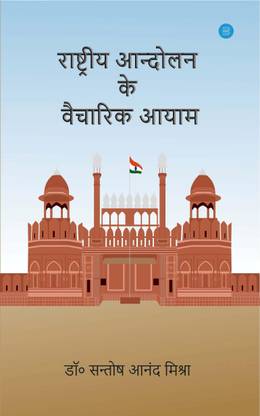Foundation Day of Sikkim (16 May 1975)
Introduction
Foundation Day of Sikkim is celebrated every year on 16th May. This day is not only a symbol of pride for the people of Sikkim but also reflects the diversity and unity of India’s federal structure. On 16 May 1975, Sikkim became the 22nd state of the Indian Union. This historic day not only transformed the political future of Sikkim but also added a new chapter to its social, cultural, and economic journey.
Historical Background of Sikkim
Sikkim was once an independent Buddhist monarchy, established in 1642 CE. It was ruled by the kings of the Chogyal dynasty. In the 19th century, British influence in the region increased, and after India's independence in 1947, Sikkim remained a "protectorate" under Indian suzerainty. Following the 1962 war between India and China, Sikkim’s strategic importance grew significantly.
Merger with India and Attainment of Statehood
In the early 1970s, there was a growing demand for democracy in Sikkim. The people were increasingly dissatisfied with the monarchy. Eventually, in 1975, a referendum was held in which the majority supported joining India. Following this, the Indian Parliament passed the 36th Constitutional Amendment, declaring Sikkim as a full-fledged state of India. On 16 May 1975, Sikkim officially became the 22nd state of the Indian Union.
Culture and Unique Features
Sikkim is a state where multiple languages, cultures, and religions flourish together. It is home to the Lepcha, Bhutia, and Nepali communities. Sikkim has long been a center of Buddhist culture, while also accommodating followers of Hinduism, Christianity, and other faiths in harmony.
The state is renowned for its natural beauty, Himalayan mountains, lakes, and biodiversity. Gangtok, the capital of Sikkim, has emerged as a major tourist hub in Northeast India.
Modern Sikkim
Today, Sikkim is a model state in terms of environmental conservation. It holds the distinction of being India’s first fully organic state. The governance in Sikkim is regarded as transparent, environmentally conscious, and people-friendly.
Conclusion
Sikkim Statehood Day is not just a commemoration of a historical event but a source of inspiration. It teaches us how democracy, development, and cultural unity can transform a region. This day celebrates the vision of unity in diversity and gives us an opportunity to honor Sikkim’s cultural heritage, natural wealth, and democratic progress.











0 Comments
Thank you